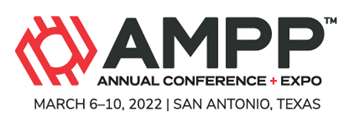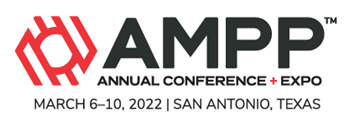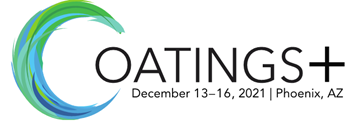Search
Corrosion Under Pipe Supports - Beyond Simply Inspection
Also Purchased
Corrosion Under Insulation And Atmospheric Corrosion In The Refinery Industry. An Accurate Approach To Estimate Corrosion Growth Rates, A Texas Refinery Case Study
Product Number:
51322-17751-SG
Publication Date:
2022
$20.00
Corrosion Under Insulation Performance Of Insulation Stand-Offs And Non-Metallic Membranes
Product Number:
51322-17618-SG
Publication Date:
2022
$20.00
(Inspection) What Do You Really Need to Know to be a Good Coatings Inspector?
Product Number:
60-COAT_DEC21
Publication Date:
2021
$20.00
Recently viewed




